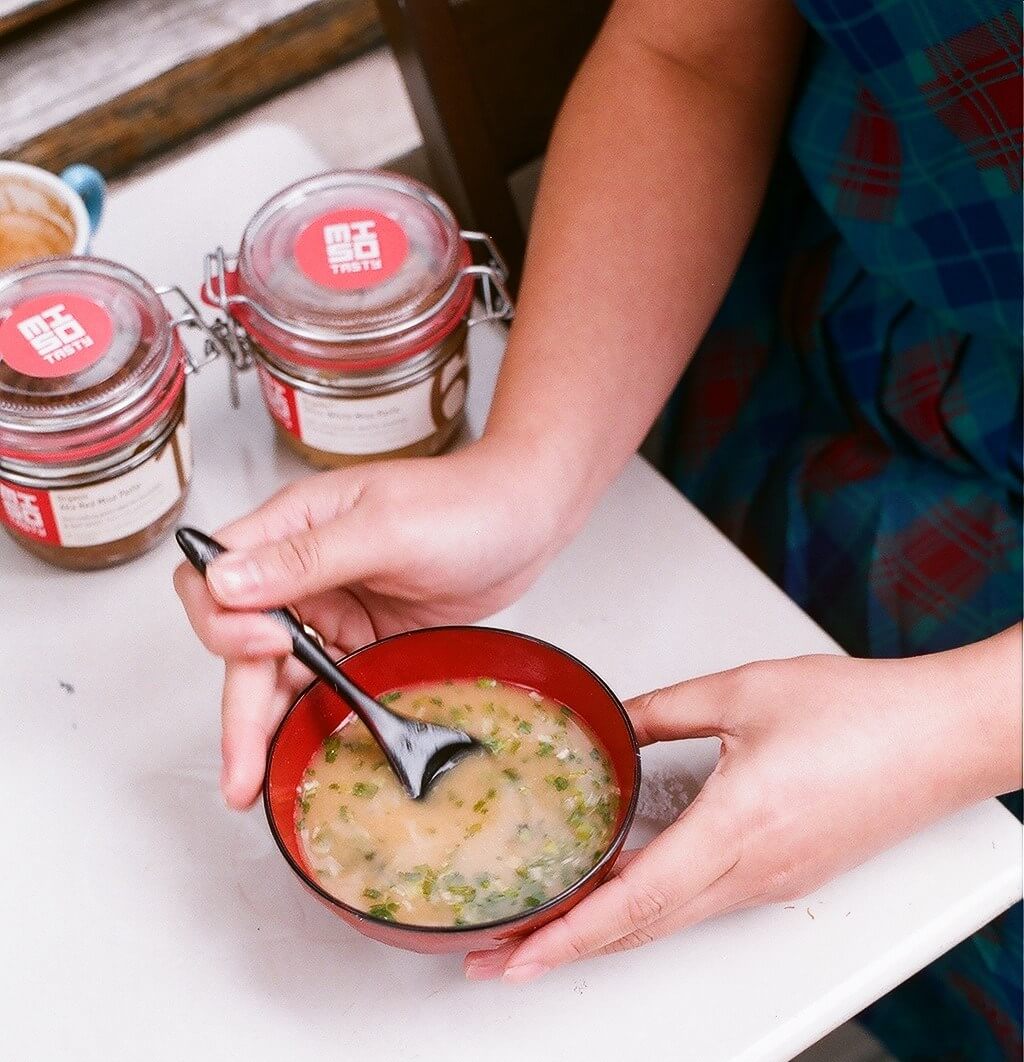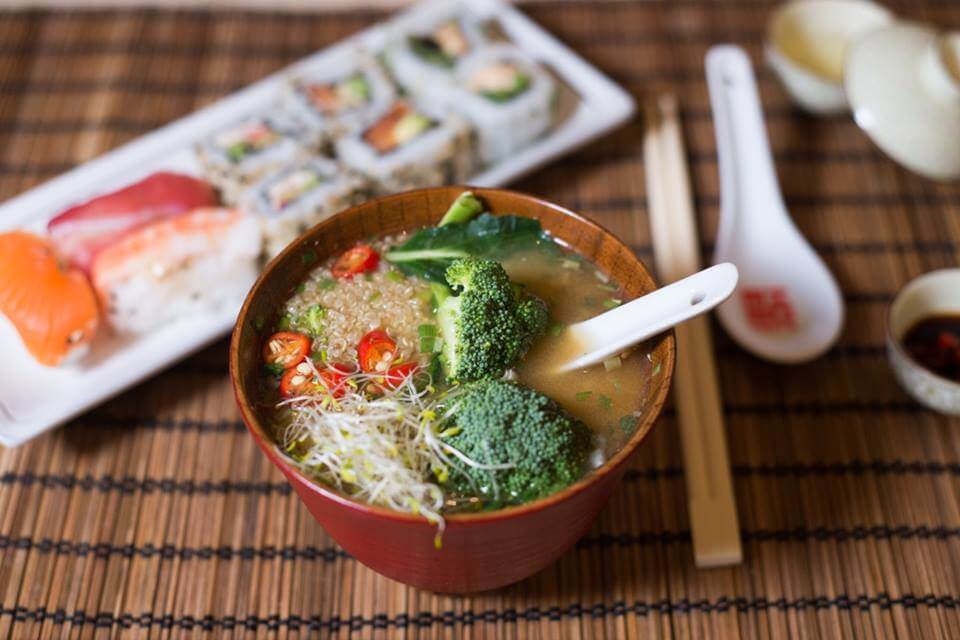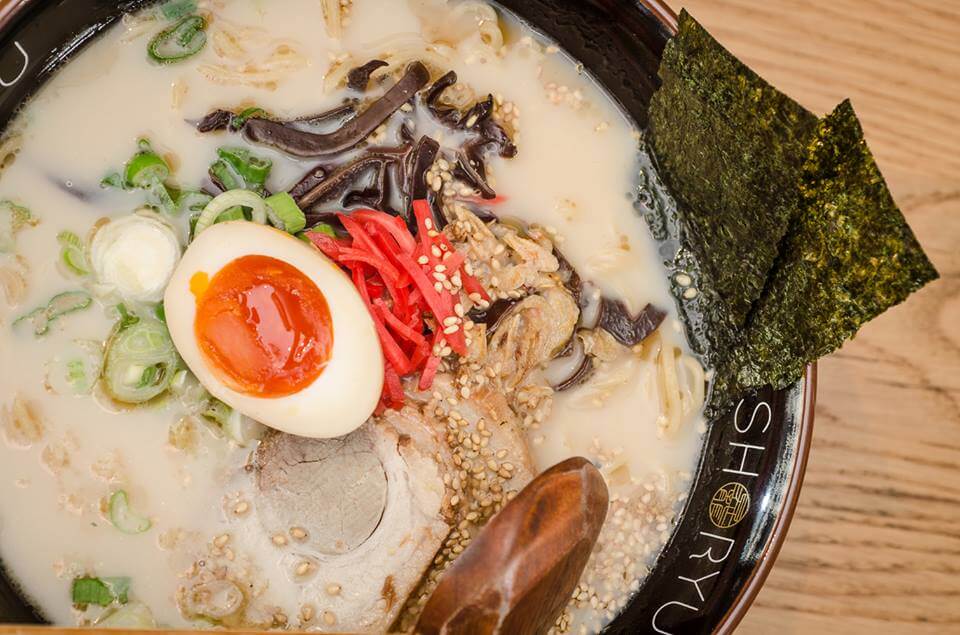About Time You Met: Miso TastyBy Alicia Grimshaw
As part of POD Health Week, we’re going behind-the-scenes with the movers and shakers in London’s healthy food scene. Every day this week, we’ll be meeting some of the faces of the capital’s wellness movement – today we meet Bonnie, the founder of Miso Tasty – the UK’s first dedicated miso brand:
What inspired you to start Miso Tasty?
Photo Courtesy: Jess Maddock
I wanted to create a brand that celebrated premium quality miso in all its various types, but also to made it accessible and easily understood. It started with seeing all the poor quality products on the market; a lot of the miso was powdered or was not made using traditional methods. I wanted to bring something that was truly real and authentic, but marketed in a way that was fun and easy, without compromising on the quality. I want miso to become a cupboard staple in every person’s kitchen like a jar of pesto; full of possibilities.
Why do you think Japanese food has become so popular in the UK?
Photo Courtesy: Jess Maddock
Health and beauty! In the UK, I think the rituals around eating Japanese food are almost as important as the flavours! I think we enjoy the beauty of its presentation and the ‘mini’ nature of the food is aesthetically pleasing. Equally, the reputation Japanese food has for promoting good health and lighter eating fits in with trends in food where nutrition is becoming as important as the quality of the food we are enjoying.
What’s your first memory of Miso?
Fermented soybeans are very much part of the Asian cooking that I grew up with. I remember loving the salty sweet tanginess of fermented soy beans and would enjoy it as a topping over rice or congee as a child.
What makes Miso Tasty different to other Miso brands on the market?
We are the only specialists in miso and we sell the highest quality miso on the market. We see ourselves as miso experts who are on a mission to educate and inspire people to enjoy miso in their diets and become familiar with all the many types of miso in the same way we are familiar with different types of cheeses and wines.
Our products go the extra mile; our miso soups are made from the highest quality miso and all come with a bumper pack of seaweed garnishes. Our cooking pastes are all organic and come with lots of helpful tips, tricks and recipe ideas for cooking with miso.
What’s the secret to making tasty Japanese dishes?
Keep it simple. Japanese cooking uses fewer ingredients than most cuisines so that the flavours are kept clean and subtle. What’s important is the quality of the ingredients chosen – the Japanese have always treasured seasonality and celebrated local produce. The key cupboard staples of a Japanese kitchen uses carefully crafted products such as miso, soy sauce and sake. These traditional time-honoured ingredients have complex flavours but with a simple application, tasty Japanese dishes can be made easily and simply.
What’s your favourite type of Miso soup?
That’s a difficult one! I am a huge fan of blending my miso pastes to make miso soups, just as we do in our Miso Tasty recipes. Blending white shiro miso and red aka miso in equal measures created a deliciously balanced flavour in my favourite everyday miso soup. Saying that, in the winter months, I love to make barley miso which has a much heartier taste and in the summer, a chilled miso soup with ribbons of cucumber is incredibly refreshing.
London’s best ramen can be found at:
Consistently excellent – Shoryu! Although I go there for both their ramen as well as their hirata buns!
London’s best secret Japanese restaurant is:
I love Cocoro in Marylebone. Ask for a ‘secret booth’ downstairs – I won’t say anymore!
London’s best miso soup can be found at:
Well, apart from our HQ in Dalston (!), I would say the spicy lobster miso soup at Zuma is pretty special.
Any tips for people trying to cook miso soup at home?
Never boil your miso. Cook all the vegetables, fish, meat or noodles that’s going in the miso soup in hot vegetable or chicken stock first until they are ready. Then turn off the heat, and stir in your miso paste through a sieve or a strainer to prevent lumps in your miso soup. Boiling miso destroys some of the nutrients and subtle aromatic flavours of miso so I always recommend stirring it in at the end of cooking rather than at the beginning.
Miso Tasty’s new range of pastes are exclusively available online










